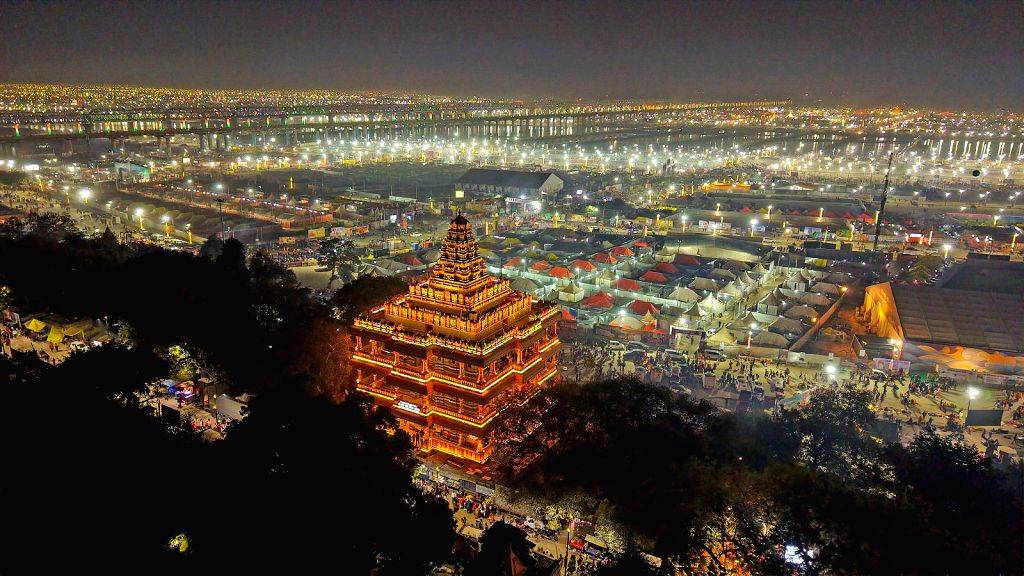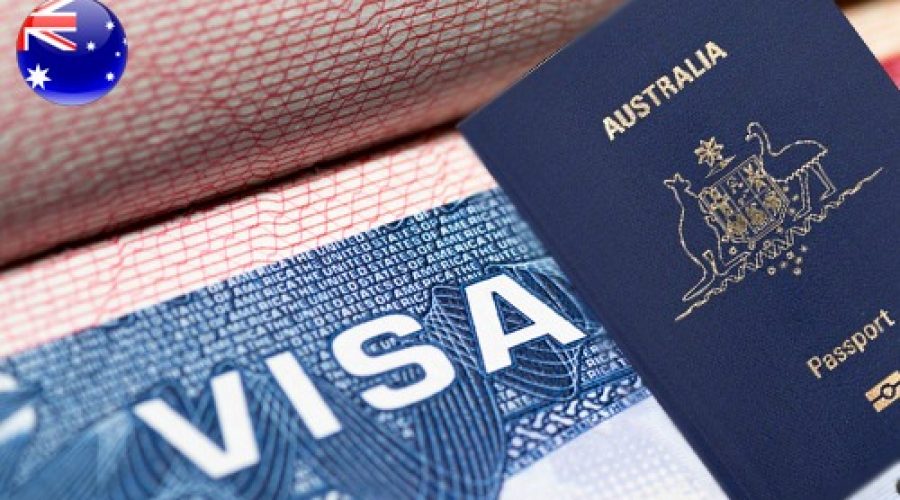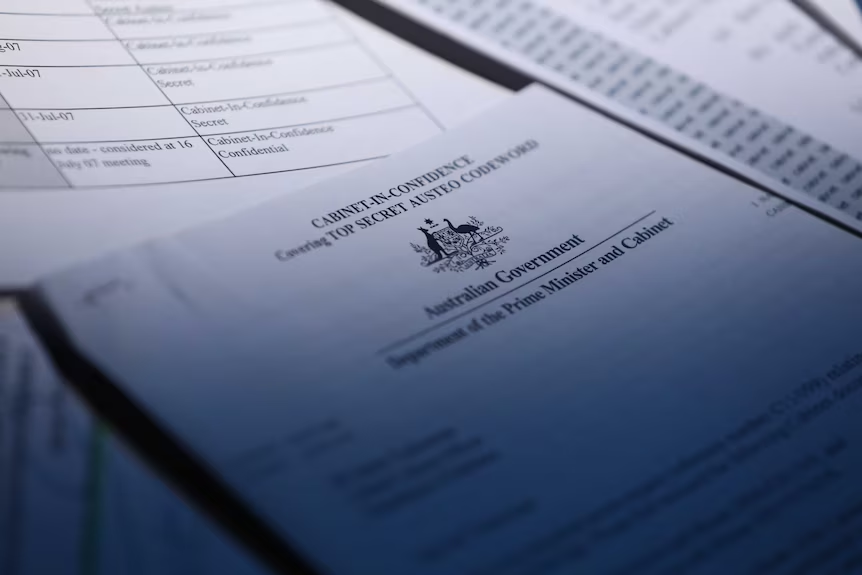Maha Kumbh Mela 2025: A Historic Confluence of Faith, Culture, and Spiritual Legacy
Maha Kumbh Mela 2025 has etched its name in history by shattering all previous records, with over 450 million devotees participating in the world’s largest spiritual and cultural gathering. This grand event, which commenced on Paush Purnima (January 13, 2025) at Triveni Sangam—the sacred confluence of the Ganga, Yamuna, and the mythical Saraswati rivers—continues to attract millions of devotees, saints, and pilgrims from across the world. With the festival set to conclude on Mahashivratri (February 26, 2025), officials anticipate that the total number of visitors may exceed 500 million.
The Spiritual Significance of Maha Kumbh Mela 2025
The origins of Maha Kumbh Mela 2025 are deeply rooted in Hindu mythology. The term ‘Kumbh’ means pitcher, referring to the amrita (nectar of immortality) that spilled at four locations—Prayagraj, Haridwar, Ujjain, and Nashik-Trimbakeshwar—during a celestial battle between Devas and Asuras. As a result, the festival is celebrated at these sites in a 12-year cycle, with Ardh Kumbh held every six years and Maha Kumbh once every 12 years. It is believed that taking a dip in these rivers during Maha Kumbh Mela 2025 washes away sins and grants spiritual merit.
Record-Breaking Participation and Key Bathing Highlights
Maha Kumbh Mela 2025’s auspicious baths, known as Amrit Snans, are central to the event’s significance. Key bathing dates have witnessed an overwhelming influx of devotees:
- Mauni Amavasya (February 9, 2025) saw a record-breaking 80 million devotees take the holy dip.
- Makar Sankranti (January 15, 2025) and Basant Panchami (February 3, 2025) attracted 35 million and 25.7 million pilgrims, respectively.
- Additional key dates like Paush Purnima and Magh Purnima (February 12, 2025) have witnessed millions more immersing themselves in this sacred ritual.
Despite the unprecedented turnout, the devotion and energy of attendees remain unwavering. Pilgrims from every corner of India and beyond continue to participate in Maha Kumbh Mela 2025, which is often regarded as a once-in-a-lifetime spiritual journey.
Prominent Attendees and Government Arrangements
Maha Kumbh Mela 2025 has been graced by several distinguished leaders, celebrities, and spiritual figures, including President Droupadi Murmu, Prime Minister Narendra Modi, and Uttar Pradesh Chief Minister Yogi Adityanath. Other notable attendees include Bollywood celebrities such as Hema Malini and Anupam Kher, cricketers like Suresh Raina, and renowned poet Kumar Vishwas.
The Uttar Pradesh government has played a crucial role in the seamless execution of Maha Kumbh Mela 2025. Chief Minister Yogi Adityanath and Deputy Chief Minister Brajesh Pathak have ensured that sanitation, transportation, and crowd management are effectively handled. Despite the massive influx of visitors, the administration has successfully maintained order through meticulous planning.
Infrastructure and Traffic Management
With Prayagraj’s infrastructure stretched beyond its maximum capacity, authorities have implemented a ‘No Vehicle Zone’ in the Maha Kumbh Mela 2025 area to manage congestion. Devotees have been instructed to park their vehicles in designated areas, and only essential and emergency services are permitted entry.
Traffic management measures include:
- Special traffic plans enforced from February 7 to February 12.
- Additional police personnel deployed to maintain order.
- Railway Minister Ashwini Vaishnaw overseeing arrangements at major railway stations to facilitate travel.
- Secondary schools shifting to online classes from February 7 to February 12 to reduce local congestion.
Security and Medical Preparedness
To ensure the safety and well-being of attendees, the Uttar Pradesh Police has intensified security measures, particularly for the Magh Purnima Snan (February 12, 2025) and the final major bathing festival on Maha Shivaratri (February 26, 2025).
Key security and health arrangements for Maha Kumbh Mela 2025 include:
- Deployment of 133 ambulances, including 125 road ambulances, 7 river ambulances, and 1 air ambulance.
- Over 2,000 medical personnel stationed in the Maha Kumbh Mela 2025 area.
- Additional 700 staff members on high alert at Swaroop Rani Nehru (SRN) Hospital.
- Round-the-clock surveillance and special crowd movement strategies to prevent accidents.
A Celebration of Faith and Cultural Heritage
Maha Kumbh Mela 2025 is more than just a religious gathering—it is a profound expression of India’s spiritual and cultural richness. It brings together saints, ascetics, and devotees in a grand celebration of faith. The festival provides an opportunity for people to witness the age-old traditions of Sadhu Akhadas (ascetic sects) and interact with spiritual leaders.
The Maha Kumbh Mela 2025 also serves as a platform for cultural exchange, where pilgrims engage in bhajans, kirtans, discourses, and yajnas. The sheer scale of collective devotion at Maha Kumbh Mela 2025 is a testament to the enduring spiritual legacy of India.
Conclusion: A Landmark Event in Human History
With an anticipated footfall exceeding 500 million, Maha Kumbh Mela 2025 has firmly established itself as the largest human gathering ever witnessed. The Uttar Pradesh government’s meticulous planning, seamless execution, and unwavering commitment have ensured that this edition of the festival remains a remarkable success.
As the faithful continue to arrive in droves, taking their sacred dips in the holy Sangam, Maha Kumbh Mela 2025 stands as an extraordinary testament to the power of faith, unity, and cultural heritage. This spiritual spectacle will be remembered for generations to come, reinforcing the significance of tradition, devotion, and the eternal quest for divine blessings.




The Maha Kumbh Mela 2025 is truly a monumental event that brings together millions in a shared spiritual experience. It’s fascinating how such a massive gathering can still maintain its essence of devotion and unity. I wonder, though, how the organizers manage the logistics and safety of so many people—has it been seamless so far? The historical and mythological significance adds such depth to the experience, making it more than just a festival. I can imagine the energy and vibes there must be overwhelming, in the best way possible. Do you think such a large-scale event inspires more people to explore their spirituality? And how does the modern world’s influence, like the presence of celebrities, impact the traditional aspects of the festival? I’d love to hear more about the personal experiences of those who’ve attended—what was the most memorable moment for you?